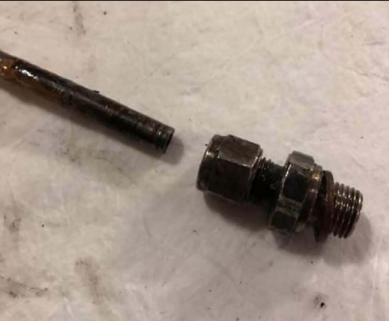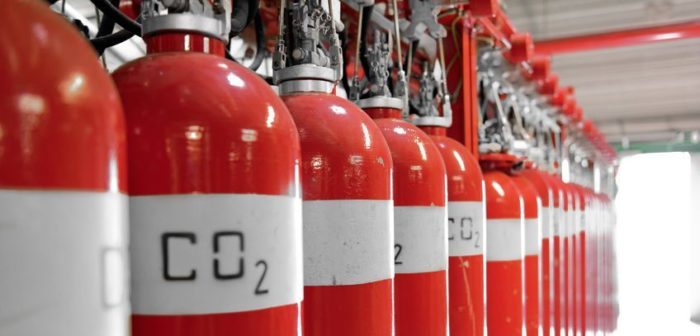In its latest Safety Digest, UK MAIB focused on a fire that took place onboard a tug, highlighting that the fire engineer responded effectively and rapidly in containing the fire, which marks the crews’ know-how and effective training.
The incident
The chief engineer of a tug went to the engine room and saw flames around the port main engine when the fire alarm sounded, while the tug was relocating to a new harbour.
When the chief engineer saw the flames, he immediately isolated the fire by shutting of the fuel supply to both engines, shutting all ventilation flaps and stopping the fans. It is noted that the vessel’s fixed fire-fighting system was not initiated as the chief engineer’s actions had been effective in extinguishing the fire.
Then, the alarm was raised with the coastguard and the tug was towed back to the harbour, where the local area fire brigade came to assist. Some of the port main engine exhaust pipe lagging was found to still be hot, so this was cooled with water by the fire brigade as a precaution against re-ignition.
Lessons Learned
The post-accident analysis revealed that the fire was erupted from fuel that had sprayed onto the port engine from a failed compression joint on small bore pipework to a fuel supply pressure gauge.

shown)
Moreover, the stainless steel fitting had failed as it had been sealed with a brass olive (or compression ring). In metal compression fittings, the pipework should be a ‘softer’ metal than the olive. In this case, the brass olive was ‘softer’ than the steel pipework and it had deformed and failed, rather than compress and seal the pipework, which would have been the case had a ‘harder’ stainless steel olive been used.
In addition, the chief engineer responded rapidly and effectively when saw the fire; Their actions minimized the fire, bringing the situation under control and preventing further damage or risk of injury. The fixed fighting system remained available had the situation deteriorated. The crew’s actions were a result of good system knowledge and worthwhile crew training.
The benefits of conducting regular drills to ensure that safe practices are in place cannot be overestimated.





























































